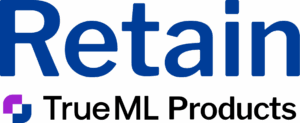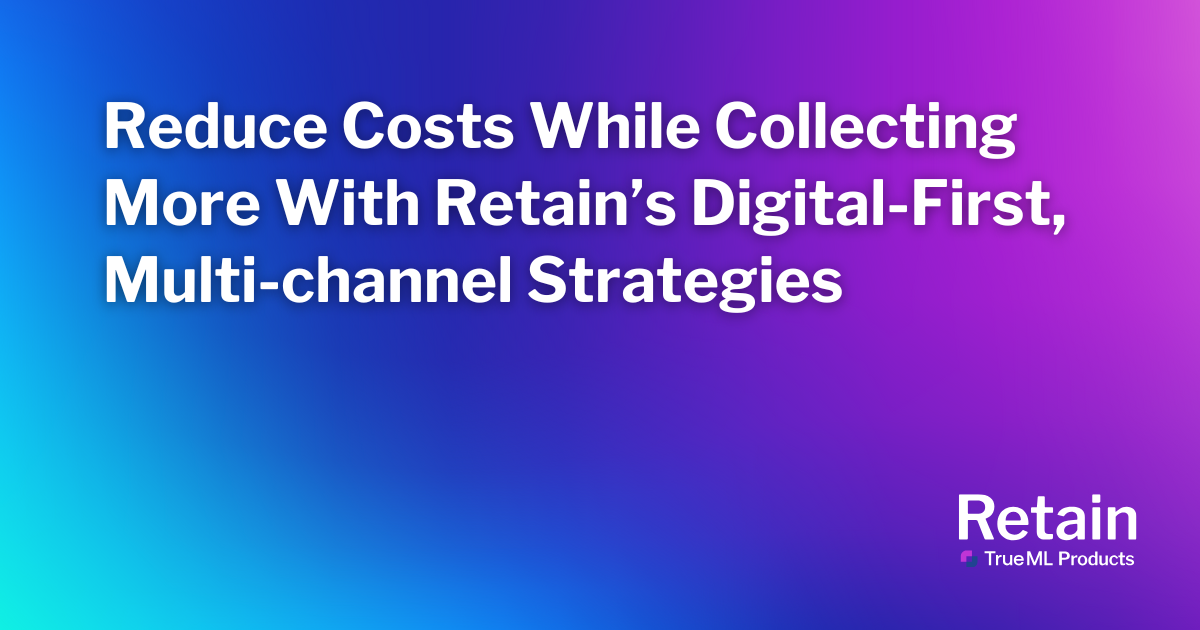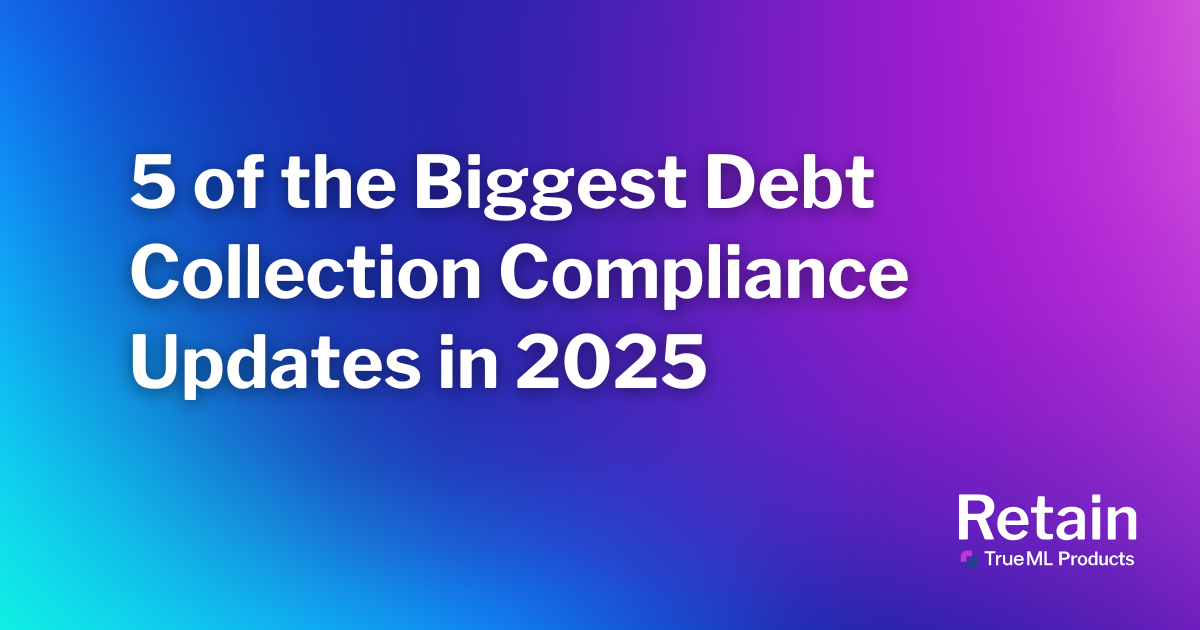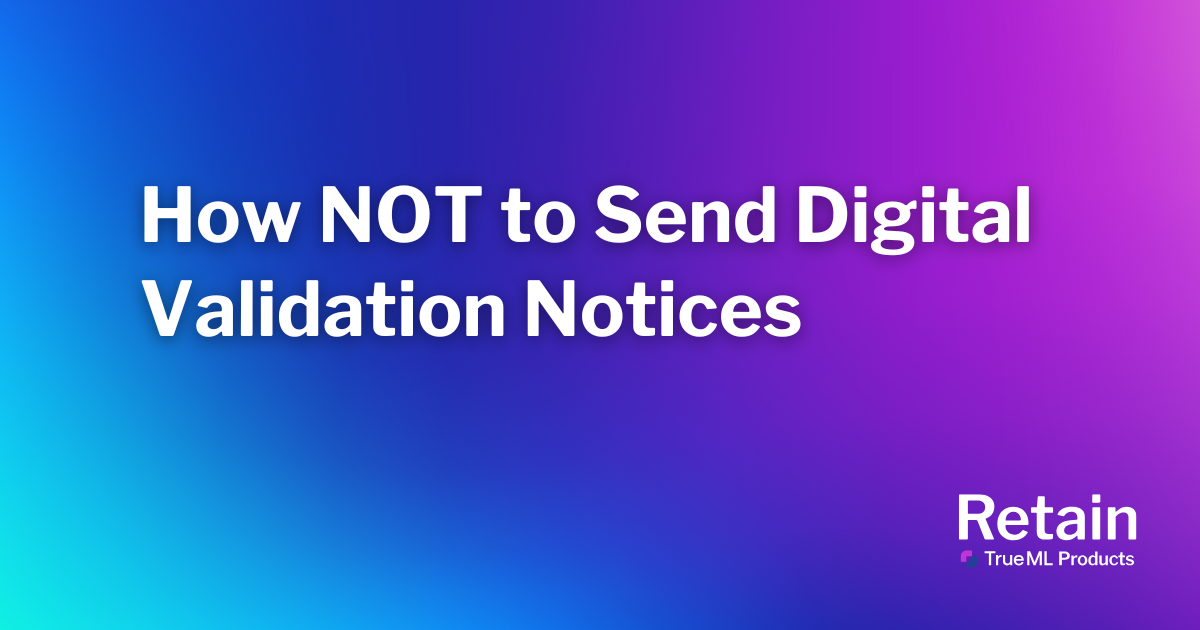Collecting on early-stage delinquencies is important for businesses across industries, especially when considering that delinquencies and consumer debt balances are on the rise:
- Overall delinquent credit card balances increased by 2.25% from October to November 2024, even before the holiday shopping season*
- 48% of credit cardholders report having a credit card balance, up from 39% who reported carrying a balance in a December 2021
- 1 in 5 consumers with revolving credit card debt say they generally only make the minimum payment on their credit cards each month
- 80% of surveyed credit cardholders said their outstanding credit balance is either holding constant or increasing
- Household debt balances increased by $147 billion in the third quarter of 2024, a 0.8% rise from Q2 2024
And that debt is concentrated in one place: the average debt a consumer owes is $104,215 across mortgage loans, home equity lines of credit, auto loans, credit card debt, student loan debt, and other debts like personal loans. Combined with higher interest rates driving higher minimum payments, consumers are obviously feeling over-stretched and stressed.
Balancing so many past-due balances is an obvious challenge for consumers. In fact, 23% of consumers who’ve paid late in the past six months say it is because they forgot their bill entirely. But if your customer outreach plan solely revolves around call-and-collect, be prepared to see your operational costs increase.
So how can businesses and lenders ensure they are staying top-of-mind for their customers’ repayment goals without breaking the bank with expanding call centers and hiring more collection agents?
Let’s start by looking at how customers prefer to be contacted, how to make your outbound calling agents most effective, and why a multi-channel approach is a win-win for both your customers and collectors.
What Do Customers Want? And What Do Calling Agents Want?
For businesses executing outbound call strategies and leveraging dialer technologies, it is important to keep in mind studies show 49.5% of consumers take no action after a collection call—and that’s if you can actually get a customer to answer the phone. This along with diminished returns of connection rates shows outbound dialing has become more expensive and less impactful.
It’s no secret that consumer preferences are changing rapidly, and younger generations especially do not want to answer phone calls—and it’s important to keep in mind these younger borrowers will be the customers businesses will be servicing for the next 30 to 40 years, especially in a delinquent environment.
In general, consumers want to pay off their debts, but they want to be able to do so when it’s most convenient for them, which is often outside the “presumptively convenient times” between 8am and 9pm—but what does that mean for the humans dialing phones for traditional call-and-collect methods?
When businesses deploy an outbound call strategy before digital, often agents are shooting in the dark despite good intentions and dedicated efforts—which can affect outbound agent morale, making it a difficult environment to hire and retain top talent. And given today’s economic landscape, it’s challenging to call and collect from people who are behind on their bills or payments when so many other financial obligations are competing for dollars.
The key: let agents do what agents are good at—the human touch—but leverage digital as the first touchpoint. Let digital get the customer to understand where they are in delinquency. If and when they want to talk to a human, agents are there to do what agents do best: empathize and resolve any issues that digital cannot.
Agents are able to attend to higher-value inbound calls when digital, self-serve options are available for those who just want to make a payment—and it allows those customers to do so in a more convenient, preferred way.
Digital-First, Save More
Digital early stage solutions reduce collections costs for leading organizations across industries by making full-time employees (FTEs) more impactful (or even lowering FTE headcount) and reducing overall expenses while maximizing repayment rates.
Companies that do rely heavily on an outbound call strategy must realize how expensive each call becomes. The longer that an account is in delinquency, every call becomes more expensive because the likelihood or the propensity to pay diminishes as the debts get older in age. So being able to automate and find those right channels at the right time with a digital strategy will help those phone calls get better results.
- 4x increased agent efficiency
- 75% reduction in required FTE for customer outreach
Plus, the digital-first strategy is infinitely scalable—it doesn’t matter how rapidly a business grows on the frontend for lending or on the backend with new accounts that fall into delinquency. This digital-first approach allows companies to mitigate against turnover or having to compete for talent in the market. And again, FTEs can now be more effective in the delinquency cycles where phone calls are preferable, especially as accounts get further into delinquency.
Making outbound phone calls absolutely serves a vital part of a business’s multi-channel strategy, but deploying digital first will make those calls more cost-effective. It also delivers a stronger connection rate by identifying those preferences through feedback from leveraging a digital-first communication strategy.
Think about how this data can help businesses not only from a performance and liquidation perspective but by learning from which customers are opening communications versus which ones aren’t. Those that don’t respond to digital should go to the top of the call queue because the data points towards a probable preference for person-to-person calling.
The Retain Difference
Learning from these digital engagements is vital for optimization, but if an organization is new to digital communications or has only been sending mass-blast, one-size-fits-all emails, it can feel like an uphill trek to start getting insights to drive better results.
With Retain by TrueML Products, businesses get a SaaS solution that automates your digital communications and keeps operational costs low. Retain’s digital platform can efficiently and compliantly scale to any portfolio volume while maintaining best-in-class customer engagement.
And no need for expensive headcount to manage unresponsive customer relationships and delinquent accounts—Retain’s pricing plans are based on the number of accounts you’re managing, never on how much you’re collecting, so as your programs improve, your costs don’t fluctuate. Retain gives businesses the tools to improve engagement and increase profit.
Maximize the productivity of your business’s resources with a managed, digital-first approach that enhances the efforts of your FTEs and overall collections operations. Start with a consultation today!
*According to Experian’s Ascend Market Insights, Release 104
Sources:



